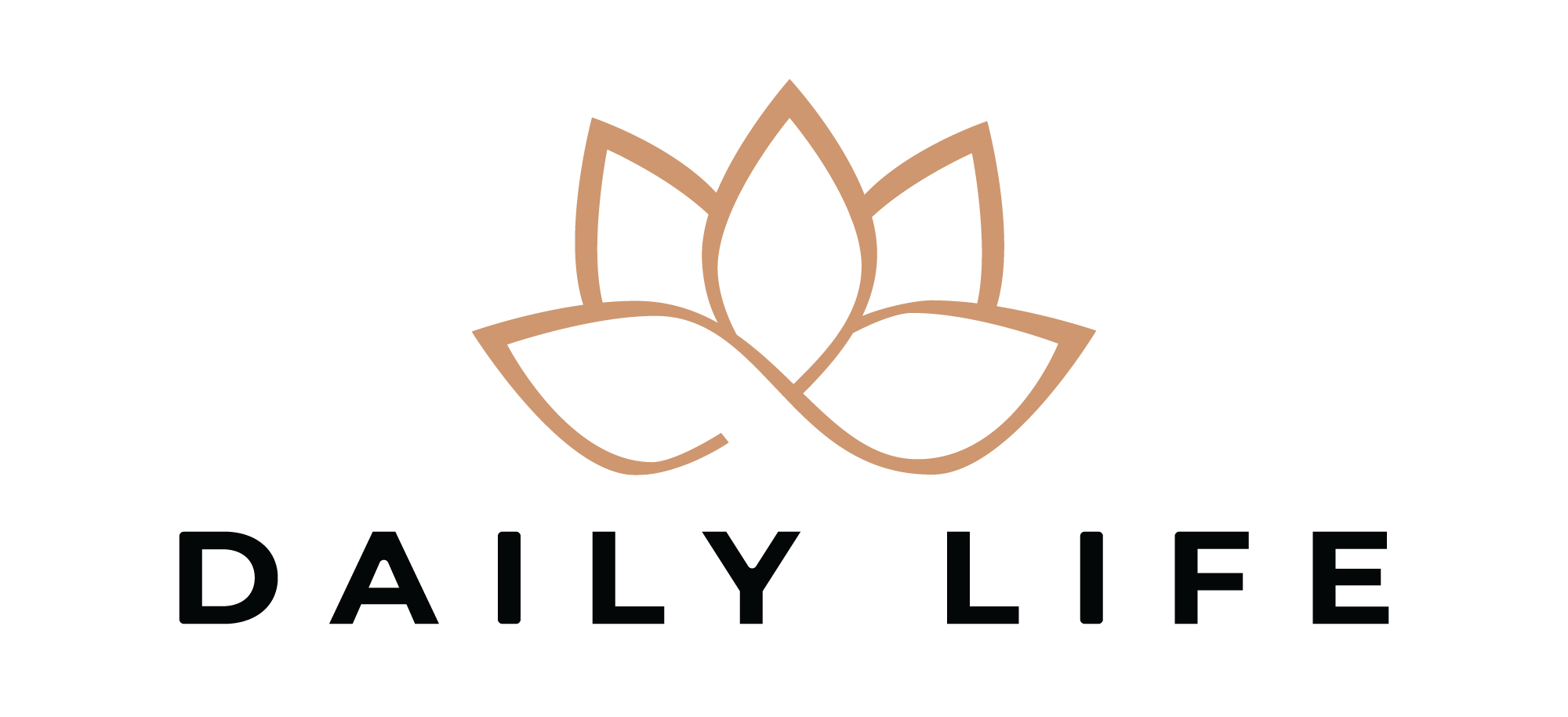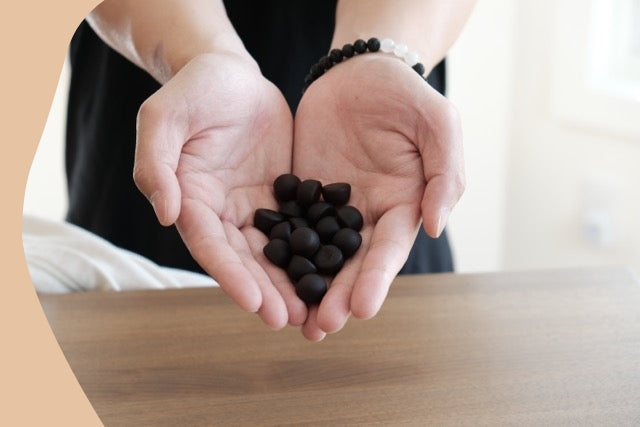
Meditation 101: Calming Your Mind & Soul
You know how to work out your body, but how do you exercise your mind?
Society tends to focus on physical health, and only recently have mental and social well-being taken the main stage.
Balance is a major part of well-being! The World Health Organization states that health is, “A state of complete physical, mental, and social well-being and not merely the absence of disease or infirmity.”
Meditation is a practice similar to exercise. Instead of exercising your physical being, you are working out your mind, giving you time to reset and refocus.
In this introductory article, you get to learn all about meditation...consider it your quick Meditation 101!
Let's get you familiar with meditation basics like how to get started and some of the different types.
All About Meditation
Meditation is a mental practice where one focuses on a particular object, thought, or action. The goal is to clear the mind of stressors, achieve clarity, and attain a relaxed emotional state. Meditation has a deep history that is multifaceted, complicated, and focused on wellness.
Historically, meditation techniques have roots in Hinduism and Buddhism. Evidence of meditation practice can be seen in wall arts from 5,000 to 3,500 BCE in the Indian subcontinent. Its evolution as a practice of zen, connection, and contemplation has a deep history, sprouting through the middle ages and often tied to religious practices such as Japenese Buddism, Jewish philosophy, and Christian prayer.
Modern interest in meditation in the West has taken traditional practice and adapted it for the spiritual needs of the day. Rather than a focus on prayer and spiritual growth, much modern secular meditation focuses on stress reduction and self-improvement.
It has even entered English-speaking popular culture with celebrities and notable entrepreneurs discussing how meditation has contributed to their success. The list includes celebrities such as Katy Perry, Madonna, Oprah Winfrey, and Paul McCartney.
The Benefits: Why Learn to Meditate?
Long-term stress has harmful effects. It can create heart issues and lead to serious mental health problems, such as depression and anxiety.
Practicing meditation on a regular basis can help relieve stress in your life. Meditation benefits, beyond decreased stress and anxiety levels, further include:
- Promotion of self-awareness
- A stronger mind to body connection
- Achievement of self-realization
- Improved focus and concentration
- Happiness
- Decreased risk of cardiovascular disease
- Increased immune function
How to Meditate
Meditation is the art of doing less and allowing ourselves to disconnect from our immediate world.
Here is a simple way to approach meditation to get you started:
- First, put your phone on silent so it won’t interrupt you.
- Second, find a quiet place inside or outside that you won’t be disturbed.
- Get comfy and sit with a straight spine - the ideal position for meditation. However, you can also lay down if you want.
- Practice not thinking for one minute. Just breathe slowly as you do this.
- Voila! You are meditating.
Notice how much more peaceful you feel when you simply breathe and give your mind a break. There are plenty of other ways of meditating but keeping it simple will bring you tremendous benefits.
Tips for Meditating
1. Leave Pressure Behind
Keep your expectations low and your love high, when we meditate we want to extend loving-kindness and allow ourselves to feel. If you don’t find the answers or depth that you were hoping for, don’t fret. Just try again in your next practice, you got this.
Focus on mindfulness and you will find freedom within meditation.
2. Curate Your Meditative Space
It’s important to set aside room for your practice, a place you can make your own, away from clutter and emails. Using meditation tools like meditation music, incense, and candles can also help you get into a relaxed state more quickly and you can create this space in your home.
Meditation can also be used anywhere and any time you need it, So if you like to meditate on the bus or before a meeting, we suggest you curate items and tools that you can use throughout the day to help you find a meditative calm state. These can include headphones, crystals, and essential oils which are all portable and essential.
3. Focus on Breathwork
Breathwork can give you many very quick benefits such as feeling more positive and clear-headed. Breathwork is simply bringing awareness to the pace and depth of your breath. Sometimes you will work on breathing through your nose or your mouth.
When you breathe deeply, you bring oxygen to your entire body, giving your mind something simple to focus on instead of worrying.
When you start feeling anxious, that’s when introducing a mindful activity will help clear your mind. Whether that is breathwork, a walk outside, or a simple household task such as sweeping or doing the dishes, it can help you clear your head.
Above all breathe naturally and do not force anything, take meditation at your own pace.
4. Create a Schedule/Routine
Creating a schedule and keeping to it is probably the most important part of meditation. While we can use meditation as a tool in times of stress, we will not receive the full benefits if we avoid doing it.
Starting a daily meditation practice can be hard at first, but once you find a way to make it a habit, your mind, body, and soul will thank you.
Making Meditation a Habit
Making meditation a daily habit can help create positive thoughts that will replace the routine of worrying over time. Taking a simple moment for meditation in the morning before you’re getting things done gives you a chance to set your intention and direct your energy/thoughts to have a positive day.
You can start by simply writing an affirmation in a journal you keep by your bed. This won’t take a lot of time. Using a meditation app before going to bed or on your lunch break can also help you clear your mind of stress and worry, leaving you feeling positive as you go about your day.
Make sure that you take time after your meditation to check in with yourself, record your feelings and thoughts (positive or negative), and extend love to yourself. Many people enjoy a cup of tea or a big glass of water to recenter themselves in our practice.
Read this next: 3 Tips To Create a Disciplined Meditation Practice
A Basic Meditation for Beginners
Here is a great meditation you can try right now! Even if you’ve never done meditation before, you’ll be able to do this. This is a common type of meditation used to help relax the body and is a type of guided meditation where the mind has a task.
Make sure to breathe naturally throughout the entire meditation.
- For this meditation, you can sit down, lay down, or find a comfortable position that you can remain still in.
- Close your eyes. Take a few deep breaths to start. With every exhale, relax deeper into your chair, mat, or bed.
- Begin a scan of your body. Take note of your feet. Feel how heavy they are and allow them to fall into a position that feels natural.
- Notice your legs and feel them sink into the ground. Feel their warmth and heaviness. Note any pulsating or vibrations.
- Continue this process in your stomach, hands, arms, shoulders, chest, neck, face, and head. Allow each body part to relax and soften.
- At the end of your body scan, bring your attention to the body as a whole.
- Be thankful for your body. Be grateful for what it endures every day. Remind yourself to be kind to it.
- When you have completed your body scan, open your eyes.
Different Types: Try these
It is important to determine what type of meditation works best for you, as there are many techniques.
A few popular meditative methods include:
To continue to explore different types of meditation and how they can help in different areas of life, check out some of our other meditation articles:
- Outdoor Meditation with Shannon!
- Meditation & Breathwork For Trauma Recovery
- Meditative Cooking: A New Perspective on A Daily Habit
- A Heart Chakra Healing Guided Meditation
Conclusion
If you find it difficult to concentrate at first, or that you fall asleep, that is actually quite normal. Don’t give up just because it doesn’t feel like you’re immediately good at meditation.
The peaceful feelings and all the other benefits will come with time and you’ll get used to being still and find it really enjoyable!
Meditate as often or as little as you want. Some make it a daily practice, while others prefer to do a meditation session once a week. Frequency is a personal choice. If you are new to meditation, we suggest shorter durations to ease into your practice. Start with under 5 minutes. Gradually increase your session times.
Some studies state that meditation benefits can appear immediately after your first session. Other studies say it may take 3 or more sessions to notice changes. Track your mood and stress levels before and after you meditate. Make note of your mood changes.
Heighten your self-awareness and find your balance. Start your meditation journey today!
Related article: Back To Mindfulness: A Time Travel Meditation To Shape Your Future








